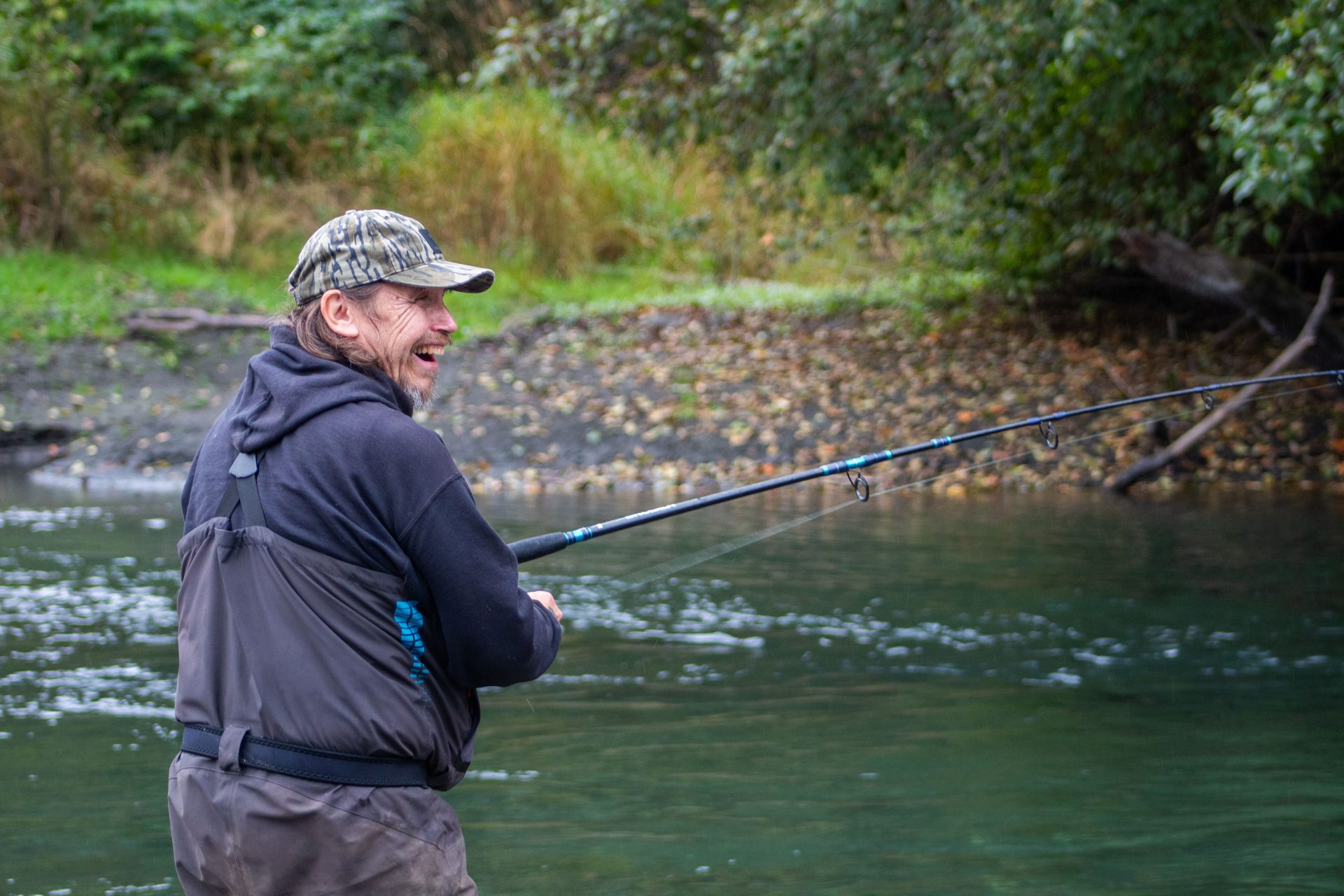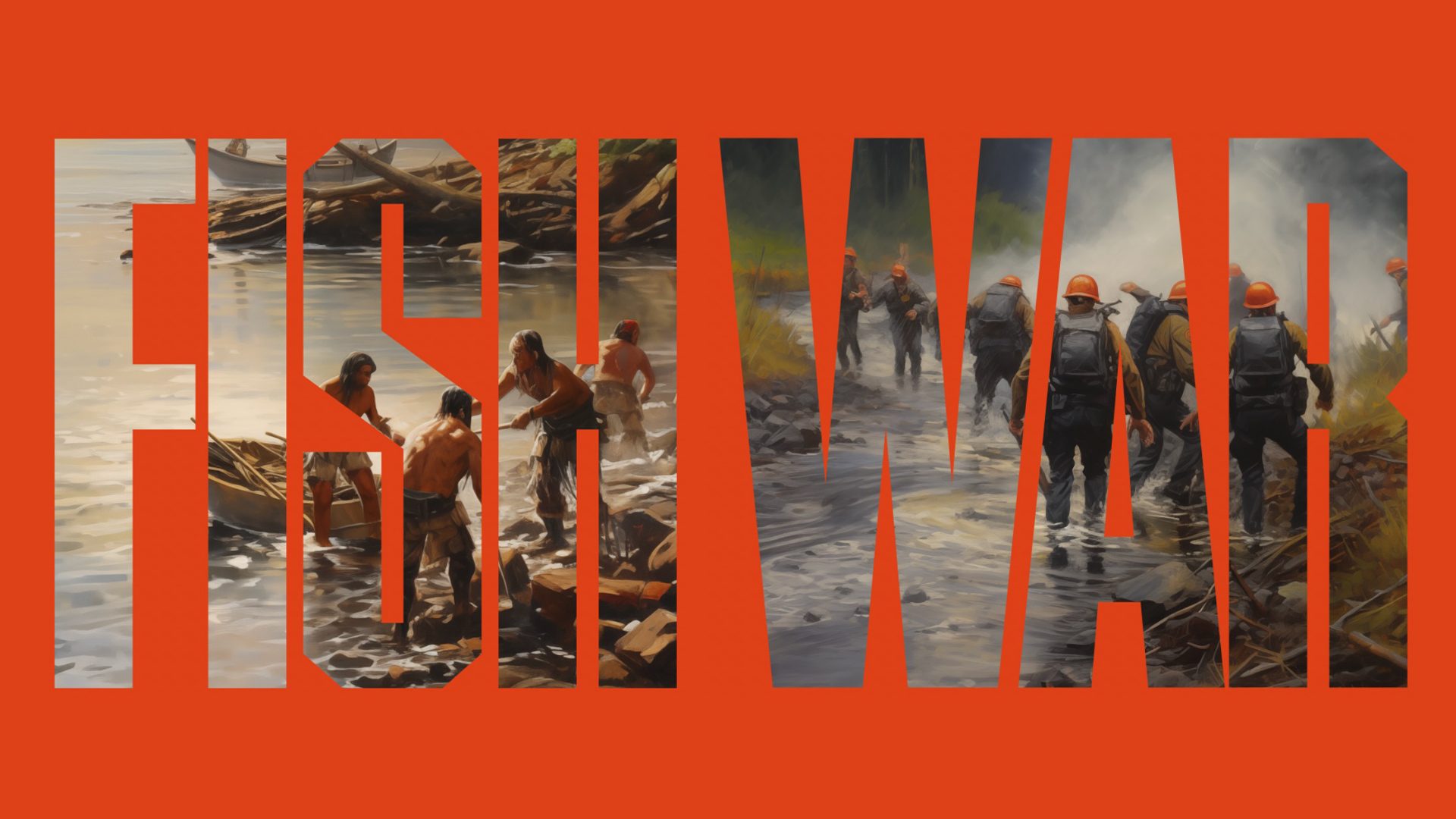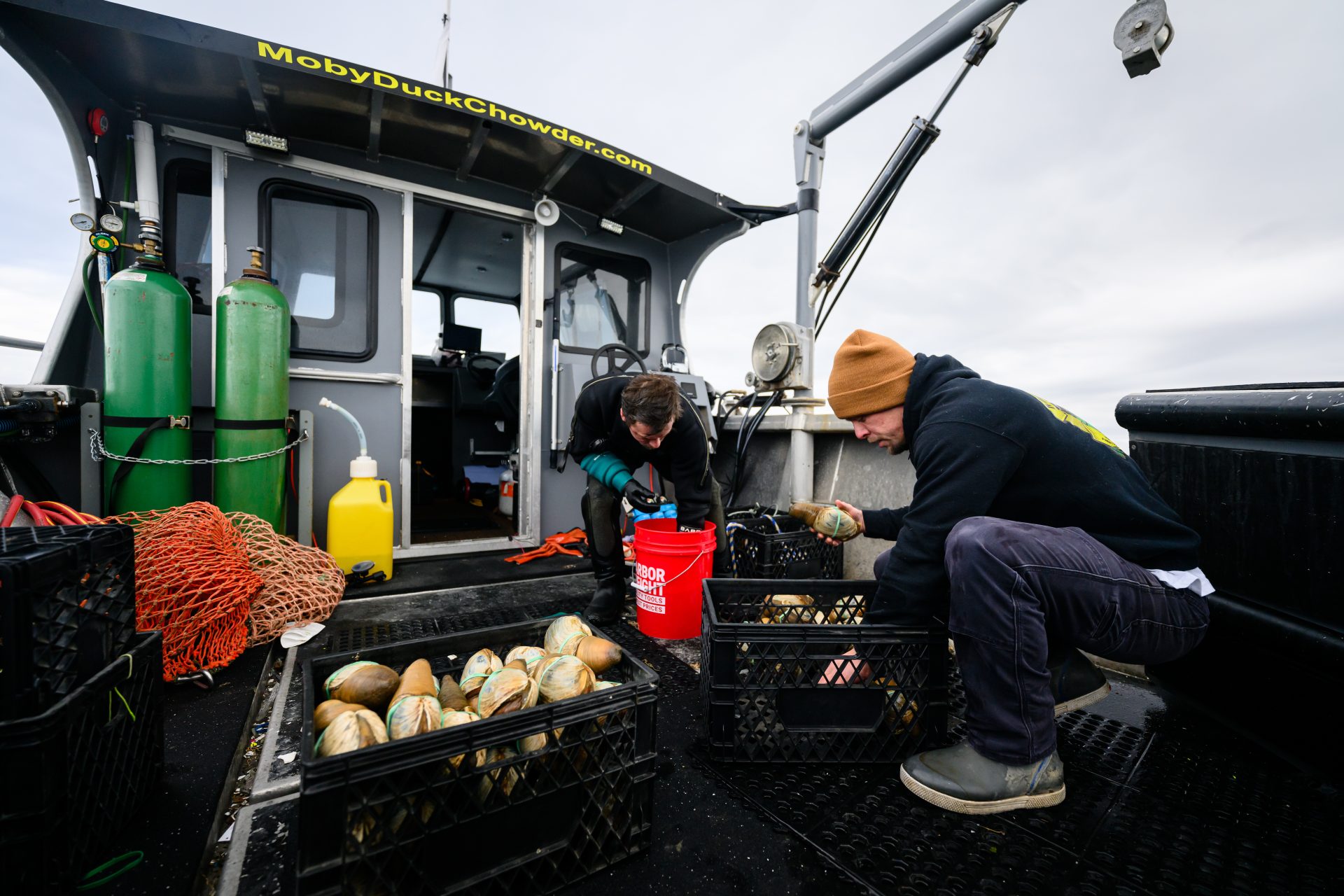For the first time in more than a decade, the Lower Elwha Klallam Tribe is exercising its treaty right to harvest salmon from the Elwha River.
The tribe opened a small ceremonial and subsistence fishery for adult coho salmon in the lower 3 miles of the river on Oct. 9. Members of the tribal community and neighboring tribes showed up to celebrate at the tribe’s hatchery with singing, dancing and prayers plus words of gratitude from tribal leaders.
“My hands go up to all the tribal members that always gave us the encouragement not to give up, to stay the course, and work with the agencies that we had to work with,” said Frances Charles, the tribe’s chairwoman.

“I’m just so proud of our tribe,” said Russ Hepfer, the tribe’s vice chairman. “We’re a small tribe and I believe that we started the trend towards dam removal worldwide. I’m so proud of us for that.”
Following the ceremony, several tribal members beelined for the river with the tribe’s bright orange fishing permits pinned to their jackets, while others lined up in the hatchery’s spawning shed to get a permit from the fisheries department. By the end of the day, more than 100 tribal members had signed up for the fishery.
This is the first time a fishery has been held on the river since before two fish-blocking dams were removed from the river between 2011-2014. For more than a century prior to 2011, the dams blocked 90% of the river, preventing salmon from reaching spawning habitat and resulting in diminished populations.
In 2011, the tribe, Washington Department of Fish and Wildlife and Olympic National Park voluntarily closed fishing in the river to allow salmon populations to rebuild and use the once inaccessible habitat. Since the complete removal of the dams, several salmon species have shown positive signs of recovery.
Tribal members and brothers Lonnie and Levi Charles took their families to fish on the river, finding a quiet spot by the sonar station where the tribe’s natural resources department has been estimating the return of chinook salmon and steelhead since 2008, and coho salmon since 2019.
Valerie Charles, Levi’s daughter, was just a baby when the dams started coming down. Now 12, she expertly flicked her pole into the Elwha River next to her dad.
“Feels good, amazing,” she said. “I’m excited because I haven’t fished on this river.”
“I grew up on the river and my dad always brought us down here. We always sport fished,” said Lonnie Charles. “All we’ve been doing is crabbing and shrimping, so to actually have our river open to us is amazing.”
Tribal members are fishing daily in October until the harvest quota of 400 fish is met. Around 7,000 coho salmon are expected to return this fall. A mix of hook and line, dip nets and river nets are allowed, depending on river conditions. Nets are limited to half the span of the river, and only at a few locations. The fishery is being monitored by tribal fisheries biologists and enforcement officers to minimize impacts to nontarget species, such as chinook, bull trout, and steelhead.

The recovery of the coho salmon population has shown great success thus far thanks to the tribe’s habitat restoration, hatchery program and a 7-year upstream fish relocation effort during and after the dam removal process.
“The population is still recovering but it is at a level that can support a modest ceremonial and subsistence fishery this year,” said Matt Beirne, the tribe’s natural resources director.
Aside from dam removal, work has included restoring salmon habitat in river tributaries such as Little River and Indian Creek, using sonar and species composition programs to estimate the number of fish returning, and relocating coho salmon into the river and tributaries to accelerate natural recolonization above the former dam sites. Redd surveys, snorkel surveys, tangle net surveys and smolt trapping are additional tools to monitor the populations. Project partners in this work include Olympic National Park, National Oceanic and Atmospheric Administration–Fisheries, U.S. Fish and Wildlife Service, U.S. Geological Survey and the state.
Lower Elwha Klallam tribal member Levi Charles, left, fishes with his son Kolby Charles on the Elwha River. Story and photo: Tiffany Royal





